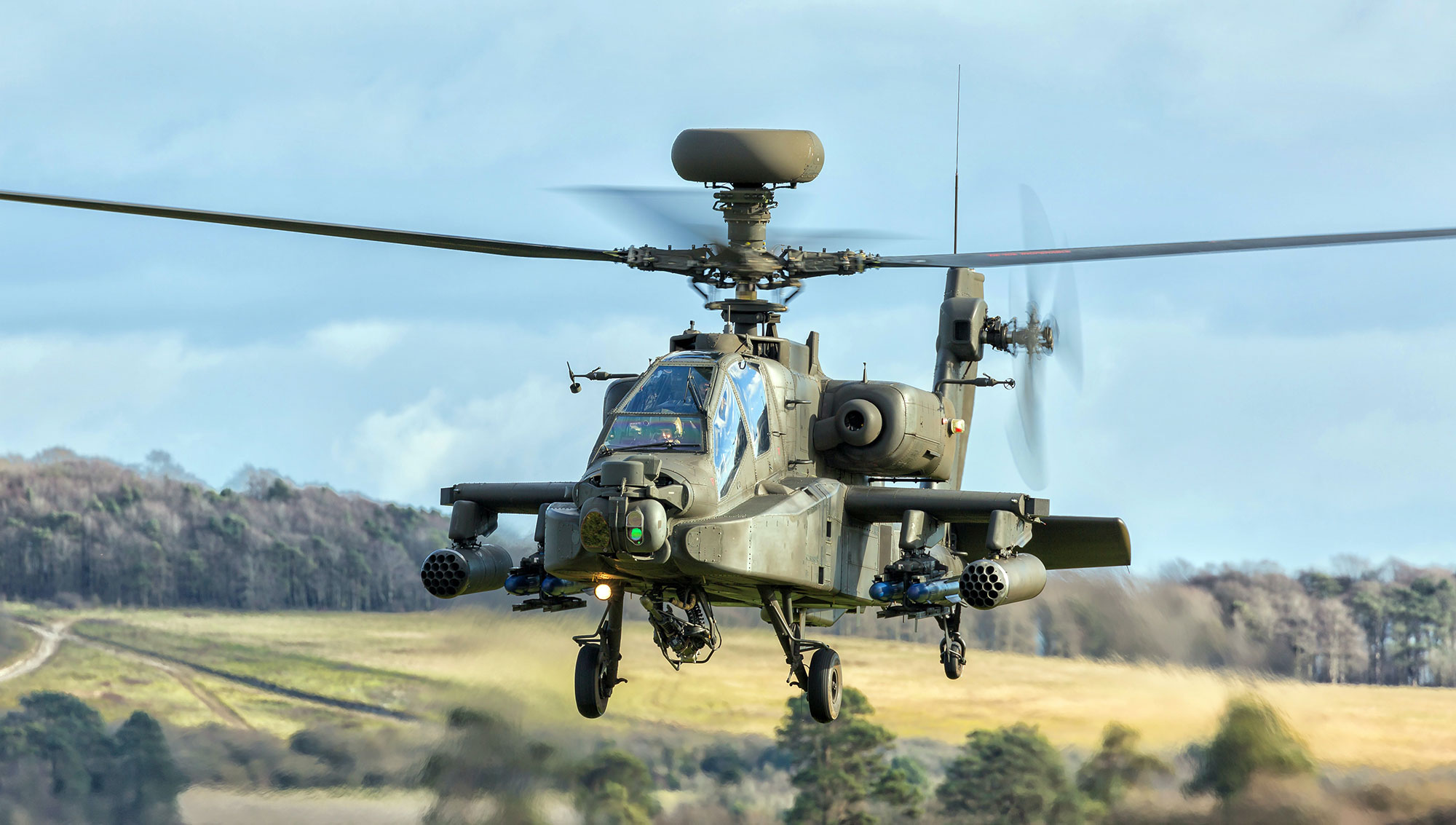The military space is undeniably complex. Whether it’s direct battlefield exposure, complex operations or rescue situations, or even disaster response, military personnel often face high-pressure, diverse and dangerous situations which require strategic thinking, proactive problem-solving, and clear decision-making. These scenarios have the real potential for wide-reaching impacts, and it is crucial that recruits are trained in how to respond in ways that ensure the least possible risk of harm to themselves and those around them.
Traditional training in situational awareness has involved simulations which, while incredibly useful, aren’t themselves without the risk of harm or negative consequences. Virtual reality removes all hazards that come with situational awareness training exercises by transferring these modules into a completely virtual space. Trainees can enter into a completely simulated environment in the metaverse that gives them comprehensive situational exposure without the threat of risk or harm. They’ll have great opportunities to refine the skills and thought processes needed to respond to unexpected, high-pressure and tense situations which might arise throughout the course of their work.
Such complex situations often require personnel to rely on their colleagues. VR training is deeply collaborative, meaning recruits have the opportunity to train together and learn effective skills for group collaboration and team awareness. Groups can enter into simulated scenarios, work together to complete training exercises and operations, and judge how their responses and decisions might impact the wider group.
Feedback is a crucial part of military training. While traditional training methods do have their benefits, measuring data and offering feedback isn’t typically straightforward. Organisers and sectors often meet substantial expenses when arranging classes, hiring equipment, and engaging a trainer – and particularly if the training is required over a number of days or needs to be repeated. Virtual reality training is easily measured and analysed, meaning trainers can provide prompt, in-depth feedback to recruits even as they’re undergoing the exercise. It’s also able to be adapted, upgraded and repeated much more readily than traditional training models so that recruits can practice situational awareness over and over until they develop enough confidence to face real-life scenarios. If you’re interested in learning more about the benefits of situational awareness training with enhanced VR technology, get in touch with our friendly, expert team at 3D Walkabout today. We’ll help you explore your options and develop a creative approach that’s right for you.


